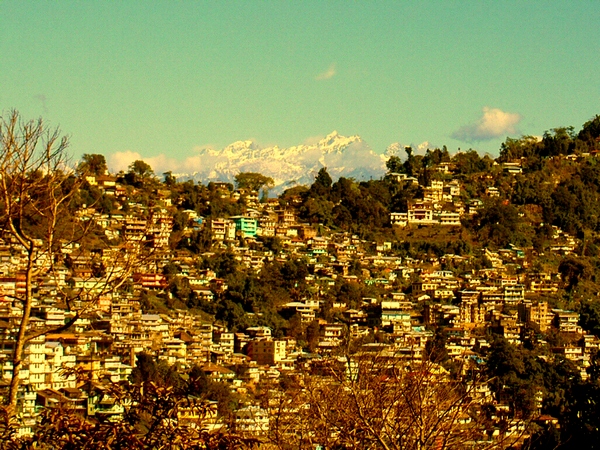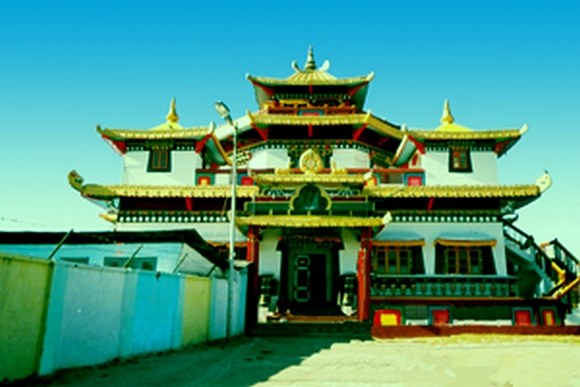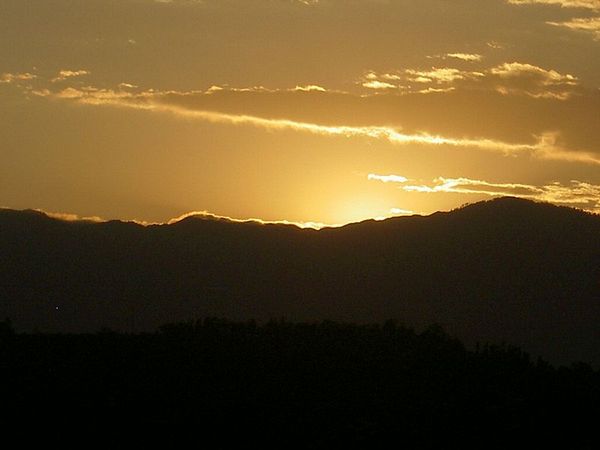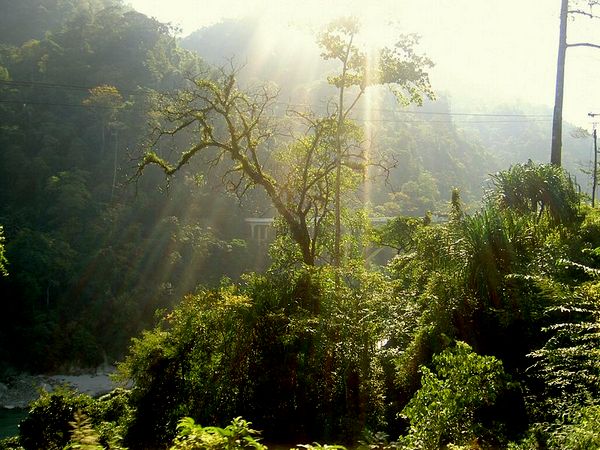
Bornav Raychaudhury goes on a journey to this beautiful Himalayan town in West Bengal.
This beautiful town of north Bengal is one of the most popular hill stations of north eastern India. Located in the Darjeeling district, adjoining Sikkim, Kalimpong is a melting pot of various Himalayan cultures.
Located at a comparatively lower altitude, it experiences a pleasant season throughout the year. Kalimpong is quite a popular destination for its scenic landscape, orchids and Scottish colonial heritage.
Historically, Kalimpong was a frontier town of the Bhutanese kingdom and was later ceded to the British. This town was the main centre for activities of Scottish missionaries during the colonial period and was the most important market for trade with Tibet in the later part of British colonial rule.
Courtesy:YouthIncMag.com


Scottish Heritage
Although the Bhutanese royal family still has a royal residence in Kalimpong, this town practically came into existence due to the efforts of Scottish Missionary Rev MacFarlane.
The MacFarlane Cathedral overlooks the town, similar to most colonial hill stations of British India and is the heart of the town. The main landmark of this hill station is Dr Graham's Homes, an orphanage built by Scottish missionary Dr JA Graham in 1900 that continues to flourish as one of the largest schools of the region.
Located amidst tranquil hills, tourists frequently flock here to admire the Scottish architecture of Catherine Memorial Chapel, Jarvie Hall, the school building and numerous colonial cottages for the children scattered all over the hill. Adjoining the Dr Graham's Homes on the narrow hilly lanes of Tirpai is the Sutherland's School of Scottish University Mission, which was the first missionary establishment for the welfare of native inhabitants.
Besides these, there are numerous other colonial buildings scattered around the town, such as the Summer Palace of the Maharaja of Dinajpur, the residence of David MacDonald who accompanied the first British exploration of Tibet and mansions of other British aristocrats, which today serve as luxurious resorts.

Tibetan Culture
Apart from the colonial Scottish culture, Kalimpong also has two large Buddhist monasteries of the Tibetan Karma Kagyu sect, which of course have been established in the recent years due to the increasing number of Tibetans flocking to India. Durpin Monastery is the main Buddhist shrine of Kalimpong. It's referred to as Durpin as one can view a telescopic view of the town and the adjoining hills.
The monastery has a three-storied shrine with colourful motifs of Tibetan mythology and folklore and a large collection of religious scripts. The other important shrine is the 11th Mile Monastery, which is a training centre not only for young Tibetan monks but also a spiritual centre for many followers of Tibetan Buddhism who spend months in austerity and meditation.

Sub-Himalayan Paradise
The journey to Kalimpong along the Teesta River itself is a joyful drive, and the drive through Mahananda Wildlife Park makes it further memorable. Kalimpong also has scenic viewpoints like every other hill station of India. The Deolo Hill top, above Dr Graham's Homes is the main scenic spot of Kalimpong. One can experience the beautiful view of the town and the majestic snow-capped Himalayas. It is a regularly visited spot and is well-maintained.
The nearby scenic Nepalese villages of Lava and Lolleygaon amidst the coniferous forests provide excellent trekking experiences. For those who are interested in rafting, move downhill to Melli on the road to Sikkim; whereas the other young folk, who are keen on angling and fishing, can try their baits on the Rangit River adjoining Sikkim.
Culturally, Kalimpong has numerous ethnic communities, which include the predominant Nepalese, Sikkimese, Tibetans and a significantly large number of Scottish descendants along with Bengalis. Though Nepali is the most spoken language, English is well understood by the hill folk due to a high level of education imparted by the Scottish missionaries.
One must not forget to purchase a few exotic species of Himalayan orchids from the numerous nurseries. Tibetan souvenirs and handicrafts are widely available in the market area for shopping. The Kalimpong Lollipops are something not to be missed out, which are sold at most old confectionaries.
The fiery pungent round chilly pickle can be seen at almost every eatery, try it at your own risk. Being a hill station with a large number of Tibetan food stalls, Momos continue to be the most popular snack, but there are other dishes, such as the Tibetan Thukpa noodles, large Tingpo momos and Nepalese Aloo-Phaley (potato rolls) which are to be relished!
Bengali curries and continental meals for foreign tourists are also available at most restaurants. Being a major tourist destination, there are numerous accommodation options ranging from luxurious colonial resorts, such as Silver Oaks, Hotel Himalayan, Deolo Resort, Park Kalimpong and Morgan House, along with middle and budget range for regular domestic travellers.

Getting there
Siliguri is the base camp for all journeys to North Bengal, Sikkim, Bhutan and Nepal. The journey from Siliguri to Kalimpong lasts about two hours through the sub- Himalayan landscape and the view of river Teesta along the way. Silliguri is well connected by trains at New Jalpaiguri Junction and is also served by flights at Bagdogra airport with several Indian cities.
It is advisable to visit during April-May or October-November in order to avoid the possible landslides during monsoons or cold winters.